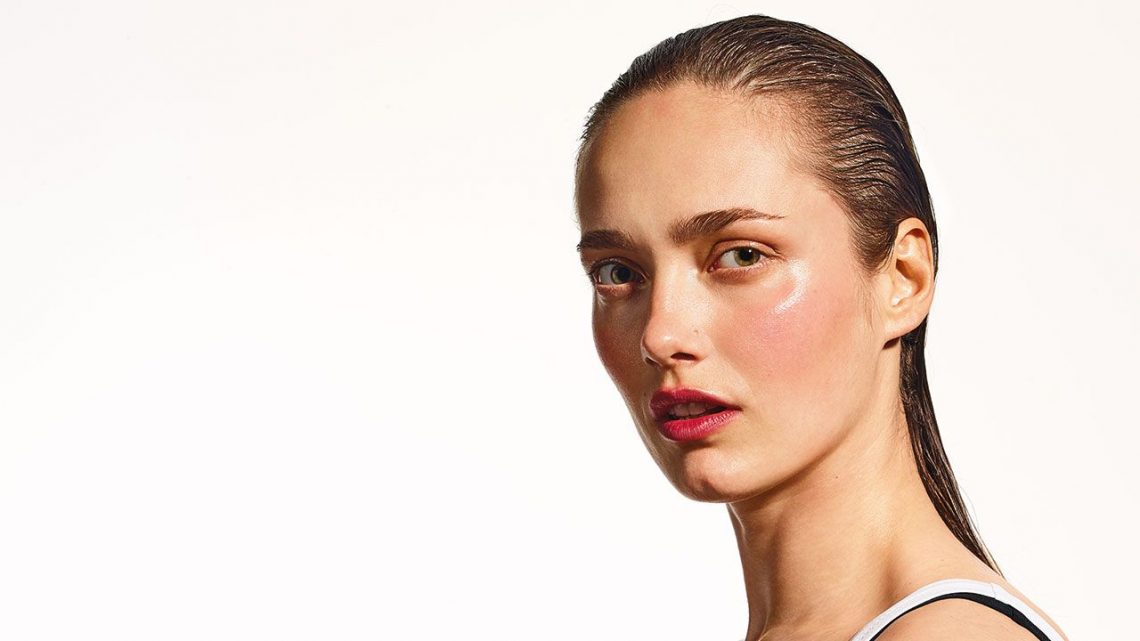
How To Use Retinol And Retinoids: 15 Things To Know Before You Start
When it comes to preventing fine lines and maintaining a healthy glow, few skincare ingredients are quite so effective as retinol. But knowing how to use retinol correctly continues to confuse even the most skincare-conscious among us.
Despite the youth-enhancing, active ingredient being a mainstay in pharmacies and chemists, and at department store counters and dermatologist offices, it still manages to mystify. Because of this, it’s often underutilised, or worse, misused.
Here, dermatologists break down how to carefully incorporate retinol into your skincare routine to achieve a fresh-faced, radiant complexion – now and in the future.
- Retinol offers numerous benefits, including brightening the skin and boosting collagen production; however, it can also be drying and irritating.
- Be sure to gradually introduce retinol into your routine and use hydrating and calming ingredients to mitigate any potential harsh side-effects.
- For best results, start using retinol regularly in your mid-20s or early 30s.
What is retinol?
Retinol – alongside other retinoids, such as retinoic acid and retinyl palmitate – is a derivative of vitamin A, one of the body’s key nutrients for boosting cell turnover.
However, as Dr Marisa Garshick, a dermatologist at MDCS Dermatology, explains, retinol must be converted to retinoic acid before it becomes active and takes effect in the skin. This extra conversion step means that retinol is less irritating to the skin than something like tretinoin (a prescribed retinoid), which is already in retinoic acid form and doesn’t require any conversion before the skin can use it.
The benefits
Retinol is a skincare powerhouse for a reason: it targets most of our top skin concerns. Here are some of the benefits:
Brightens dull skin
“Because retinol helps regulate skin cell turnover, it improves the appearance of both skin tone and skin texture,” explains Garshick. “By regulating skin cell turnover and encouraging new skin cells to come to the surface, it helps to resurface the skin and give an overall improved appearance to the skin tone, reducing the appearance of discolouration.”
Reduces markers of ageing
As New York City-based dermatologist Dr Whitney Bowe explains, retinol can function like an antioxidant and protect the skin from free radical damage and environmental aggressors, too.
Boosts collagen production
As a topical product, Bowe adds that retinol can boost collagen production, helping to firm up areas of laxity and restore plumpness. Retinol does this by stimulating fibroblasts (the collagen-producing cells), while also helping to prevent the breakdown of existing collagen.
Can treat some forms of acne
The way dermatologist Dr Francesca Fusco sees it, retinol is the ingredient that does it all, both cosmetically and medically. “I consider it a gold standard in skincare and often explain it to my patients as something that sweeps away dead skin cells, clogged pores and dull skin,” she explains.
Answering your most common retinol questions
1. What’s the difference between retinol, retinal and retinoids?
As dermatologist Dr Angela Lamb explains, retinoid is a “catch-all” term for all vitamin A-based products on the skin. The different types of retinoids are just different forms of vitamin A and can vary in strength and be used for different things.
Isotretinoin (the two most commonly known forms of which are Accutane or Roaccutane) is an oral retinoid medication that is used to treat acne. Often referred to as just tretinoin (or retinoic acid), Lamb says it is the most common prescription retinoid on the market that can target both acne and signs of ageing.